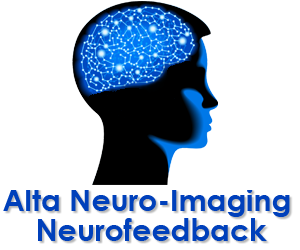The severity of Attention Deficit Disorder (ADHD) present in a person, unless treated, usually remains relatively stable throughout their lives. However, to most people, the disorder appears to get worse as the years go by, especially while in school or advancing in a career. The reason for this lies in three important factors:
Number one, as each advancing school year increases in the intellectual and behavioral demands it makes on the student, and the importance of making and sustaining friendships increases, the attention and/or behavior problems caused by this disorder become more and more apparent.
Number two, each school year builds on the foundation of the preceding years. If a child’s attention and/or behavioral problems interfere with the learning of this foundational material, it becomes increasingly difficult, each year, to master the required material. Tutoring may help, however, that learning is also hampered by this disorder, and it is often a catch-up effort that never quite manages to sufficiently fill the gap.
Number three, and in some ways the most important, is the matter of self-image. The child who suffers under these deficiencies usually forms a self-image of being “not too smart” (the opposite is true, most children with ADHD have a higher than average intelligence) and/or a “trouble-maker”. Children (as well as adults) have a tendency to “act out” or to fulfill their self-image. The longer they live under that self-image, the stronger it becomes, and performance and behavior often deteriorate accordingly.
These same factors usually apply to job and career advancement, and come to bear significantly in forming and maintaining adult relationships as well.
Since all of these elements can make the problem worse with each passing year, if your child, or a child you know, has or is suspected of having ADHD, the sooner they are evaluated and/or treated the better.
One method of treatment is neurofeedback, an effective, drug-free, painless procedure in which the child learns to re-train the attention mechanisms of their brain, alleviating the condition. Once training is completed, no further treatment is necessary.



